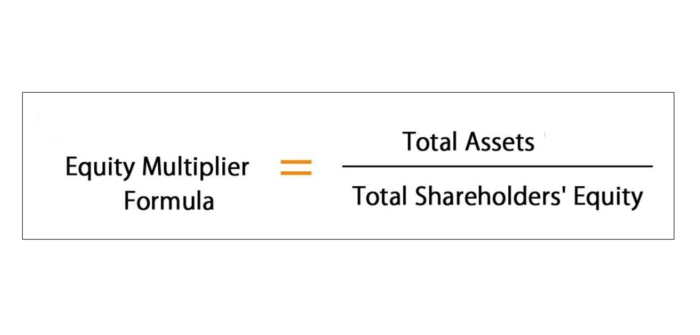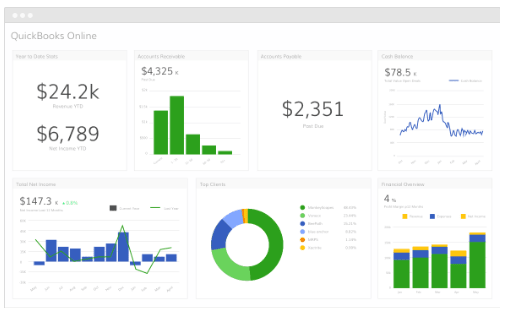
However, there is a state income tax in Illinois, and it is important to note that income from sources other than retirement (such as wages, business income, etc.) is subject to taxation. Additionally, Illinois does not offer special tax breaks or exemptions specifically for retirees, so individuals will still need to consider their overall income and tax situation when planning for retirement in Illinois. Illinois operates under a flat tax rate system, applying a uniform 4.95% rate to all taxpayers as of 2024. This straightforward approach contrasts with states that use graduated tax rates.
- Net income for 2025 is projected for a representative 1,500-acre farm with 20% owned, 40% share-rented, and 40% cash-rented.
- These include contributions to college savings accounts, ABLE accounts (savings plans for people with disabilities), and income from tax-exempt bonds issued by the state or local Illinois governments.
- It’s convenient for most individual filing routines and also allows payment of tax balance due straight from individual bank accounts.
- However, there is a state income tax in Illinois, and it is important to note that income from sources other than retirement (such as wages, business income, etc.) is subject to taxation.
- This would be considerably higher than the current combined rate of just under 5 percent.
- If you are eligible for the federal EITC, you are likely eligible for the Illinois credit.
How To Avoid Common Mistakes While Filing Illinois Taxes
These changes would continue providing tax relief and reducing compliance costs for small and medium-sized businesses. Illinois’ flat income tax consumed the smallest portion of residents’ annual income. It saved the state from earning a higher overall spot on the list by landing Illinoisans almost exactly in the middle when only the state income tax was considered. Tax Day is coming, but the income tax represents just one of the many taxes Illinois will impose as part of the nation’s seventh-highest state and local tax burden in 2025.

Who must pay Illinois state income tax?
Non-residents earning income from Illinois sources, such as wages, rental income, or business income, must file Form IL-1040 and Schedule NR, which calculates the portion of income subject to Illinois tax. Divorced or separated parents who aren’t filing a joint tax return can’t both claim the credit for the same expenses, but they can split them between their returns. They can each claim the credit for a portion of the expenses incurred. Tax deductions are a reduction in the amount of income that is subject to taxation.

Calculating Net Income from $80,000 in Illinois Taxes

Education expense credits are available for parents with children in private schools, allowing claims of up Car Dealership Accounting to 25% of qualified expenses over $250, with a maximum of $750 per family. The K-12 education expense credit further supports families investing in education. Income sources such as wages, dividends, and income from partnerships, S-corporations, and trusts must be included in taxable income. Supporters argue it ensures fairness, while critics contend it disproportionately impacts lower-income individuals.
Supporters of a graduated income tax system argue that it would allow for a more progressive tax structure, where higher-income individuals would pay a higher tax rate than lower-income individuals. It is important for residents and businesses in Illinois to stay informed about any potential developments in state tax policies that may impact their financial planning and obligations. This could significantly increase Indiana’s overall income tax burden. This would be considerably higher than the current combined rate of just under 5 percent. As a contribution margin result, the benefits of recent income tax reforms in Indiana could be entirely offset by this potential local tax shift.
- However, Illinois has a handful of tax-saving programs that may affect your final tax bill, and these can apply differently based on income or other life circumstances.
- WalletHub found Hawaii residents paid nearly 14% of their annual earnings to fund government operations.
- Interest on unpaid balances is calculated at the federal short-term rate plus 3%, compounded daily.
- If this restructuring is combined with property tax reductions from one of the earlier proposals, counties and cities will have strong incentives to raise their local income tax rates to the maximum allowable level.
- While Indiana’s state rate declined from 3.4 percent to 3 percent between 2014 and 2025, the average local income tax rate increased from 1.4 percent to 1.72 percent.

Illinois allows only a standard exemption, set at $2,425 per person in 2024. Taxpayers must account for both federal and state obligations to ensure accurate reporting. Discover Illinois’s individual income tax, which applies to both residents and non-residents of the state. The tax is calculated based on an individual’s federal-adjusted gross income and has a flat rate of 4.95%.

Illinois offers several tax deductions and credits that can reduce your taxable income or lower your tax liability. Illinois residents and part-year residents with income above $2,325 must file a state tax return. The filing deadline is April 15th, aligning with the federal deadline. If the deadline falls on a weekend or holiday, it is extended to the next business day. While extensions can be requested, payment deadlines remain unchanged. Additional adjustments include contributions to the Illinois College Savings Pool or Bright Start Program, which reduce taxable income.
- The amended version of Senate Bill 1, introduced by Sen. Travis Holdman (R), presented a different vision for the local tax reform.
- You must pay tax to Illinois on any income you earn there if you work there and live in any other state except Wisconsin, Iowa, Kentucky, or Michigan.
- In addition, Illinois has what is called an exemption allowance, which is a set amount that most people who earned a paycheck can knock off their taxable income.
- For the 2024 tax year, Illinois offers a personal exemption allowance of $2,775 per individual, totaling $5,550 for married couples filing jointly.
- While running for office, then-candidate Braun proposed significant changes to the existing property tax system, including increasing the homestead deduction and capping property tax bill increases.
- Taxpayers can request an automatic six-month extension for filing by making a tentative tax payment by the original due date.
It is essential for Illinois residents to understand these recent policy changes and how they illinois income tax rate may affect their tax liabilities to ensure compliance with the state’s tax laws. Finally, shifting property tax revenue to local income taxes is not a growth-oriented strategy. Income taxes are generally more distortive than property taxes and can influence the decisions of current and prospective Indiana residents.
Part-year residents, those who move into or out of Illinois during the tax year, must also file Form IL-1040 and Schedule NR. They are required to report all income earned while residing in Illinois and any Illinois-sourced income received while living elsewhere. This ensures accurate taxation based on residency and income sources. The credit is limited to single taxpayers with federal AGIs of $250,000, or $500,000 if married and filing jointly. Previously, the tax rate was raised from 3% to 5% in early 2011 as part of a statewide plan to reduce deficits. If you expect to owe $500 or more on April 15th, you must pay your income tax to Illinois quarterly using Form IL-1040-ES.
Leave a Reply